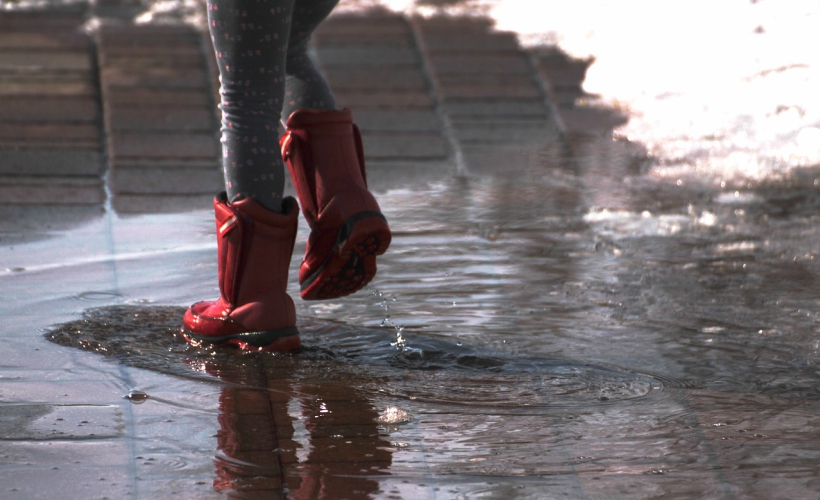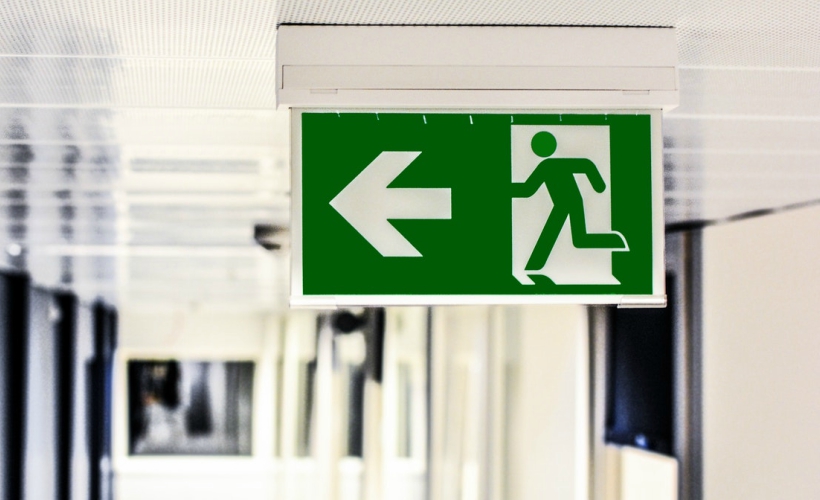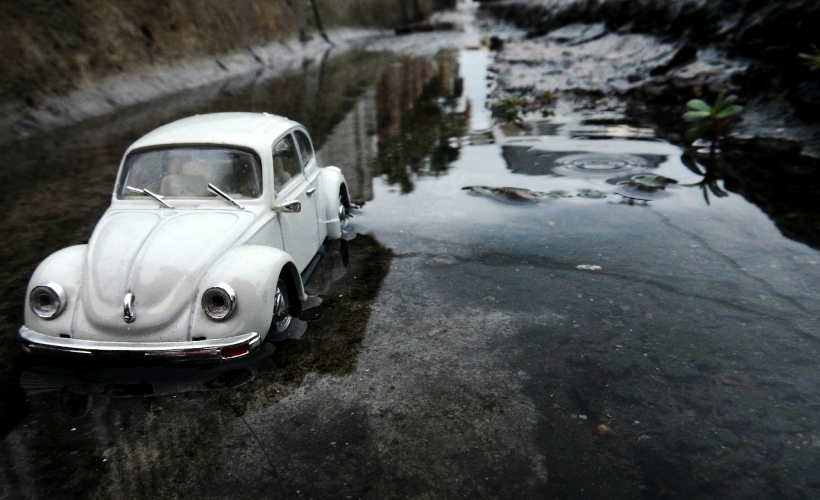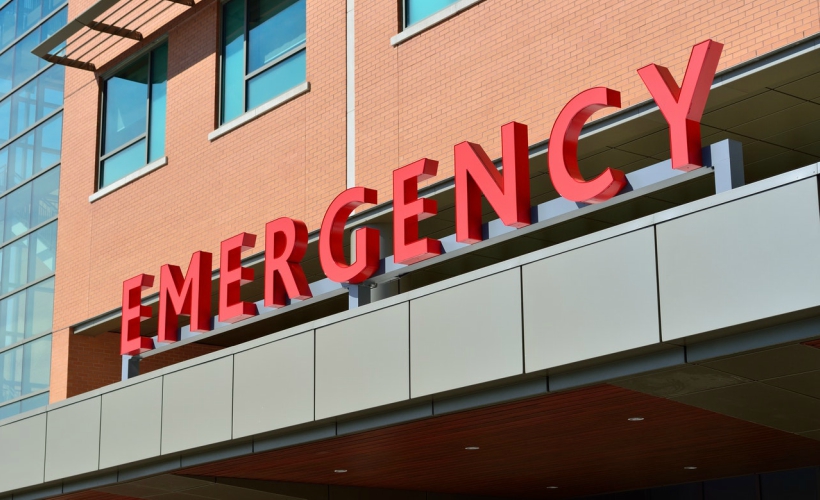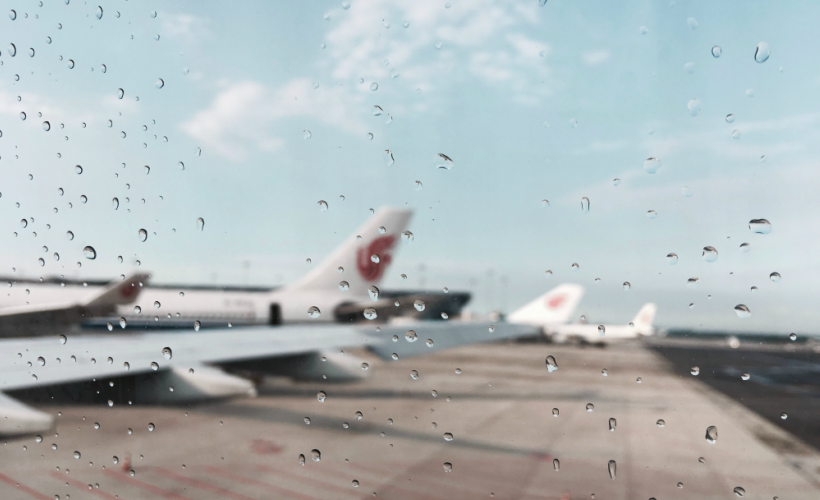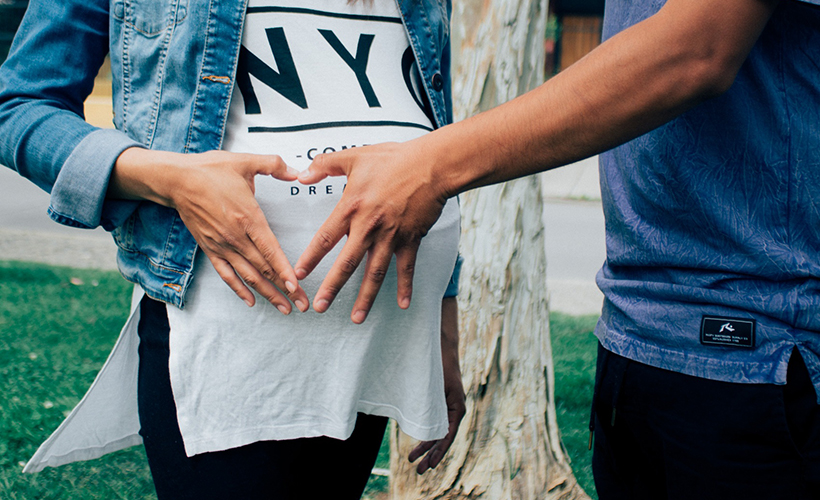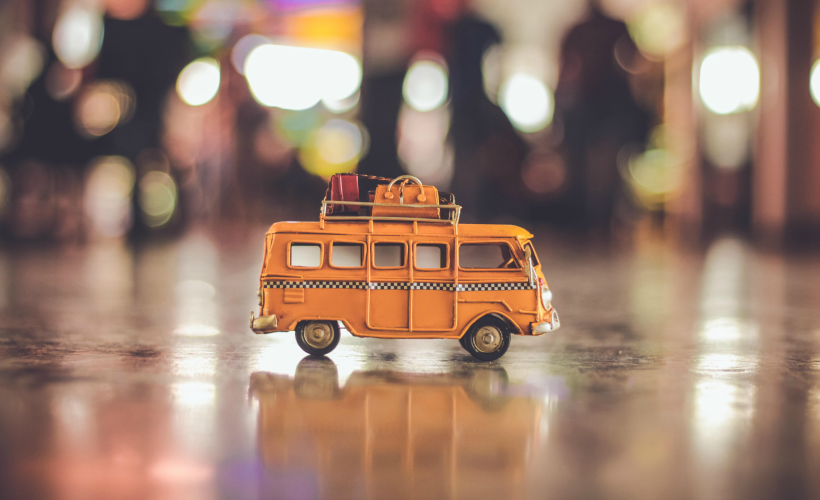Recent headlines of flooding in Penang and Japan prove that you can’t always avoid natural disasters. Even if you do keep up with current events and plan your travel destinations carefully, there’s still a chance of arriving at your travel destination only to end up being caught in a storm that quickly transforms into a flood. If that’s the case, here’s what you need to know.
Before the flood
If a flood is likely to happen in your area, keep an open eye or ear out for information. Know the difference between a flood watch and a flood warning; a watch means flooding is a possibility while a warning means flooding has occurred or very soon will.
You will be compelled to stay indoors if there’s a storm raging, but the best thing to do is to move to higher ground. Trust the locals and follow their instructions. Save yourself and not your belongings. If possible, secure your important documents and bring along clean drinking water.
During the flood
Should you be in a vehicle during a flood, turn around if you encounter moving water. It takes as little as six inches of water to disable a vehicle and leave you stranded. Upwards from 18 inches and your car can easily be swept away by the moving water. Don’t attempt to trek through flowing water either as flood currents can be deceptively strong. If you have to walk or wade through water, walk where the water is not moving and use a stick to check the firmness of the ground in front of you.
Keep an eye out for downed power lines and electrical wires as the flood water contains impurities that may conduct the charge. Also, watch out for small animals and snakes as creatures that are flooded out of their homes are more likely to attack in their agitated state. Stay put when you’ve arrived at higher ground or at designated safe zones and don’t add to the chaos.
After the flood
Most cautionary instructions will tell you to stay away from floodwater and they are not wrong. Floodwater can contain sewage, chemicals and other dangerous particles. So if you have come in contact with floodwater, be aware that it’s not the most sanitary, and wash yourself thoroughly with soap and clean water as soon as possible.
Where possible, stick to bottled or uncontaminated water and listen out for news reports to learn whether the community’s water supply is safe to drink.
Getting home
Some travel insurance plans include coverage to help travellers who encounter flooding. Call the designated help line of your insurance if this is the case, and the travel representative should be able to help you navigate the confusion. If your trip has been interrupted by a flood, depending on the coverage, insurance may cover the unexpected travel costs for returning home too.

